It’s April here at The Storage Inn in Egg Harbor Township, New Jersey, and things have been busy & sunny and busy & wet! It depends on the day!
A couple days ago during a torrential downpour I was speaking with one of our storage space customers. He was wearing his rain gear while organizing his storage unit. “I feel like I’m living in Seattle!”, he exclaimed. “Or London!” I shouted back.
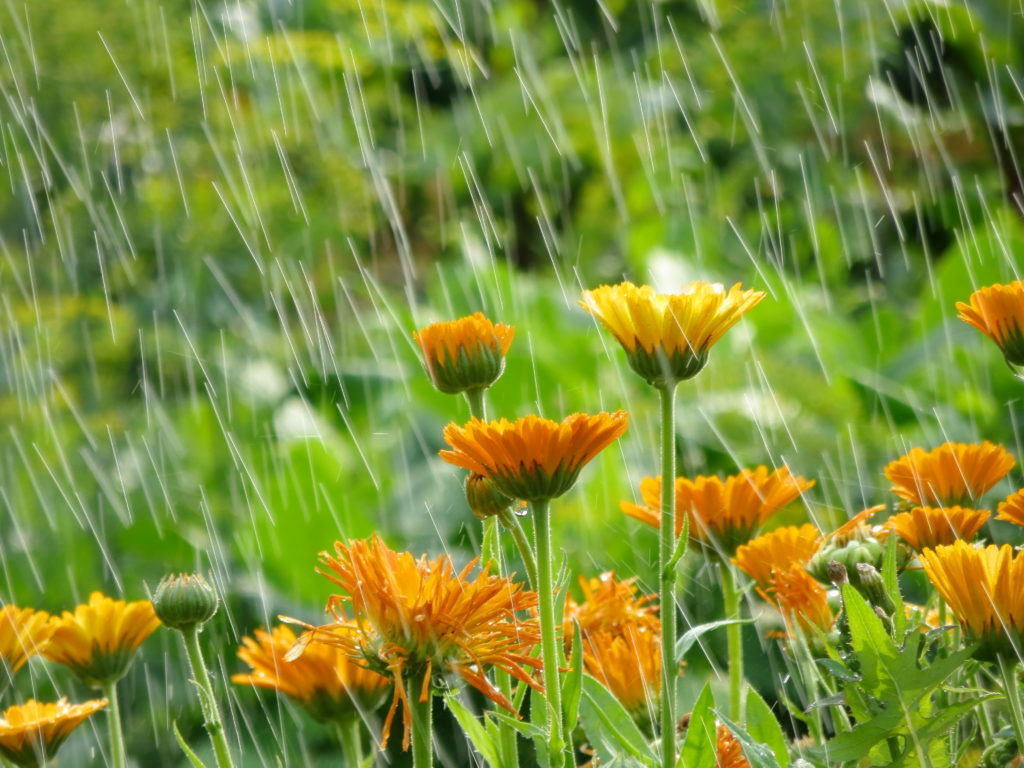
As I walked back to the self storage rental office, I was thinking about rainy places. I wondered where the rainiest places in the world exist, so I google it. Here is what I found…
Although it might feel like you’re gonna float away on a river of rain sometimes, the average rainfall in the United States is about 32 inches a year and that’s nothing compared to the top 10 rainiest places on earth.
Imagine weathering these spots…
10. Emei Shan, Sichuan Province, China
Average annual rainfall: 322 inches
Mount Emei is the highest of the Four Sacred Mountains of Buddhism and receives the most rainfall in China. There is a phenomenon called a “clouds sea” in the area and during the monsoon, it attracts a double layer of clouds that result in it receiving huge rainfalls.
9. Kukui, Maui, Hawaii
Average annual rainfall: 366 inches

The mountain peak of Puu Kukui is the 9th wettest place on earth.
8. Mt. Waialeale, Kauai, Hawaii
Average annual rainfall: 384 inches
The name Mt. Waialeale means “overflowing water”. The rain around this extinct volcano is so wet and slippery that access is extremely difficult. Researchers believe that the peak’s conical shape makes it so rainy.
In 1912, Mt. Waialeale saw a record 683 inches of rain.
7. Big Bog, Maui, Hawaii
Average annual rainfall: 405 inches
Despite being subjected to constant rain, Big Bog is a major tourist attraction on Maui because of its lush scenery.
The amazing precipitation is caused by easterly trade winds that bring moisture from the Pacific up against the steep mountainside.
6. Debundscha, Cameroon, Africa
Average annual rainfall: 405 inches

The village of Debundscha lies at the foot of Mount Cameroon, the highest peak in Africa. It’s believed the location contributes to its massive rains as the mountain blocks the clouds.
5. San Antonio de Ureca, Bioko Island, Equatorial Guinea
Average annual rainfall: 411 inches
San Antonio de Ureca is the wettest place in the African Continent. The dry season is only from November to March, with the rest of the months attracting heavy rain. During the brief dry season, tourists can watch turtles come ashore on the beaches to lay their eggs.
4. Cropp River, New Zealand
Average annual rainfall: 453 inches
The river may only be only 9km long, but it certainly punches above its weight in precipitation.
3. Tutendo, Colombia, South America
Average annual rainfall: 463 inches

There are two rainy seasons in this region so it’s pretty much teeming all year round.
2. Cherrapunji, Meghalaya State, India
Average annual rainfall: 464 inches
Ironically, despite being the second wettest place on Earth, residents of this village face water shortages in winter when no rain falls at all for months at a time. During the wet season, incessant rains lash the region, sometimes for 15-21 days at a stretch. The area is also famous for its waterfalls, hills and living root bridges.
1. Mawsynram, Meghalaya State, India
Average annual rainfall: 467 inches

Located only 15km from Cherrapunji, there’s often dispute between the villages about which should hold the title of world’s wettest.
Villagers in Mawsynram use grass to soundproof their huts from deafening rain that pelts their homes during the rainy season.
Meteorologists say Mawsynram’s location, close to Bangladesh and the Bay of Bengal is the reason it receives so much rain.
That concludes our list of the top 10 wettest places on Earth, so, as you can see, we really don’t have it all that bad here in the good ole U.S. of A. “Happy Spring Showers and Flowers” from the staff here at The Storage Inn, and if your heading to India, be sure to pack your swimmies!


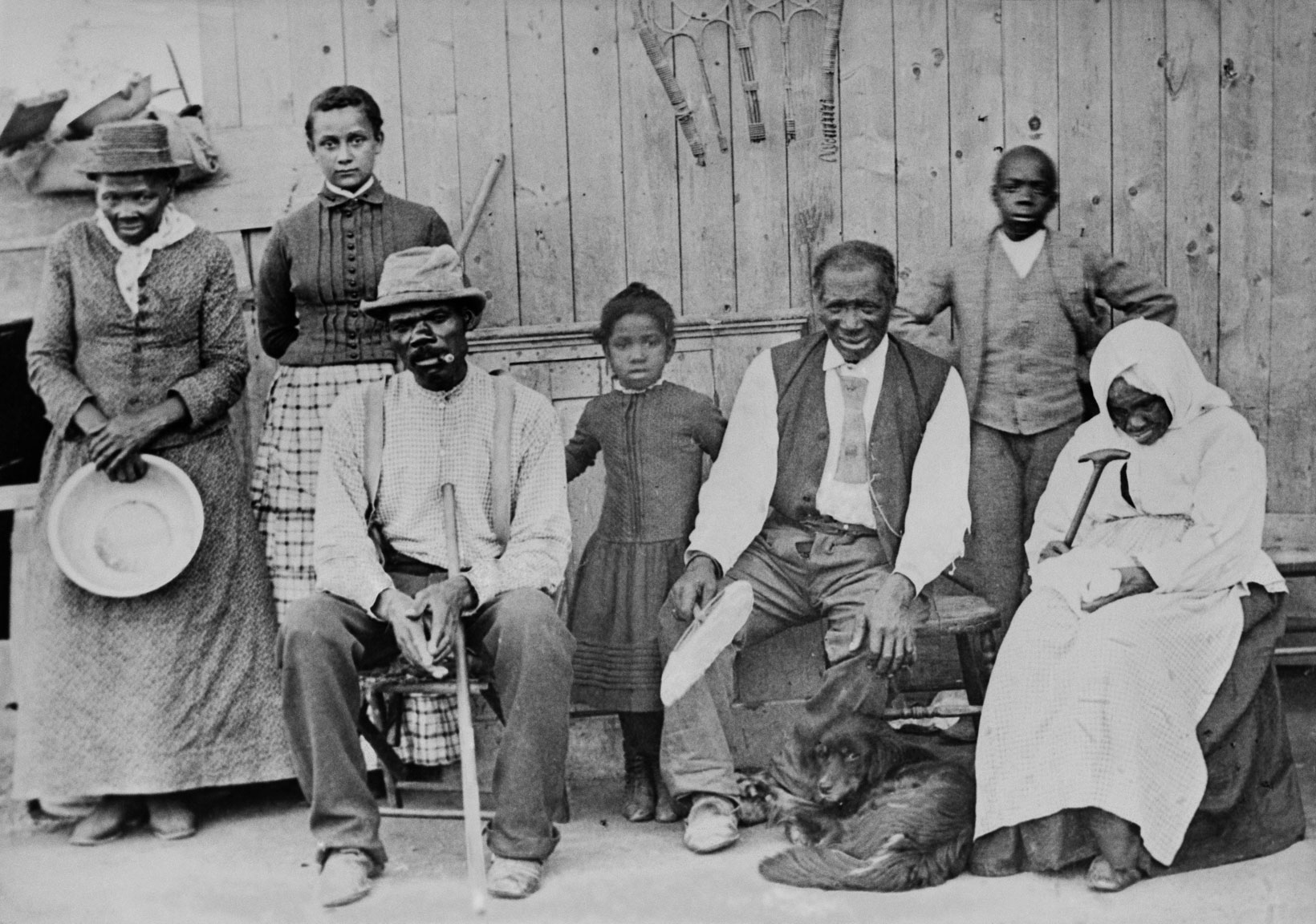
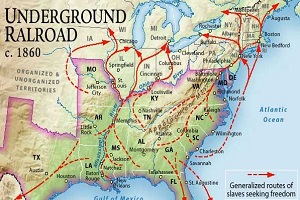
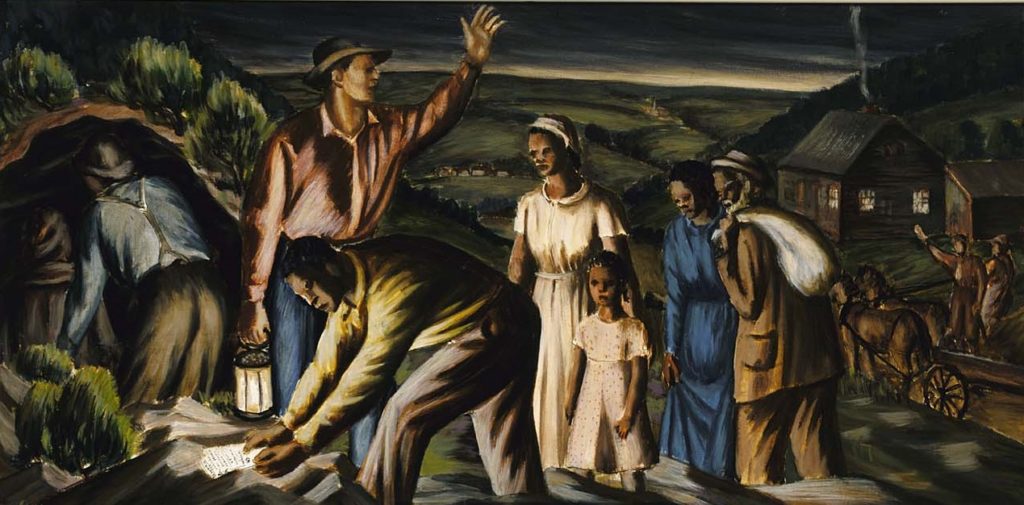
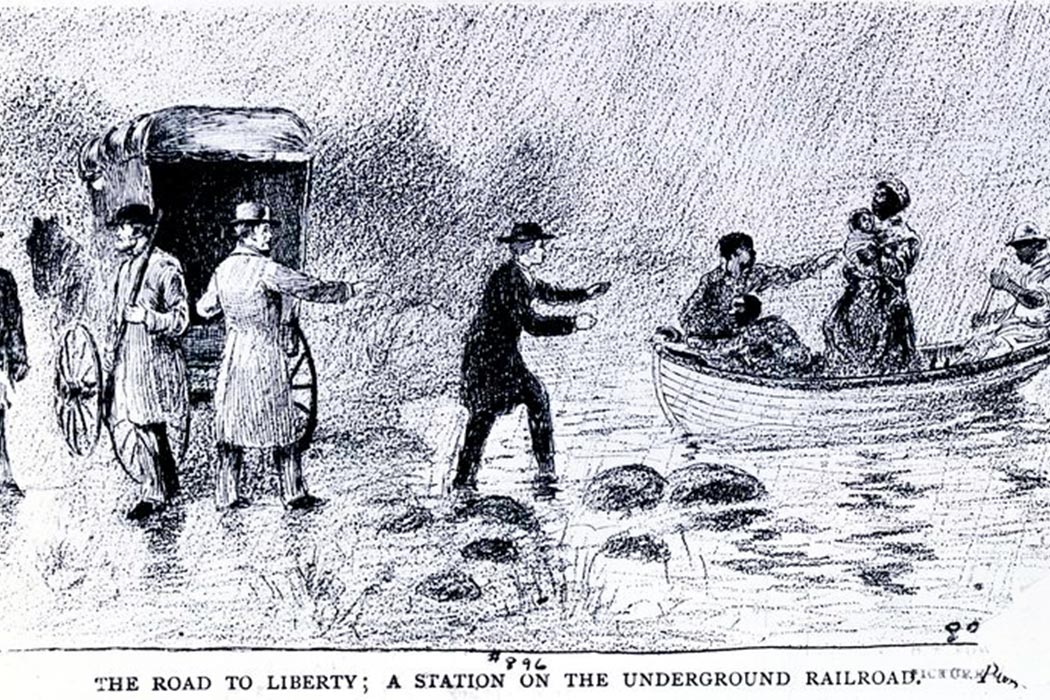
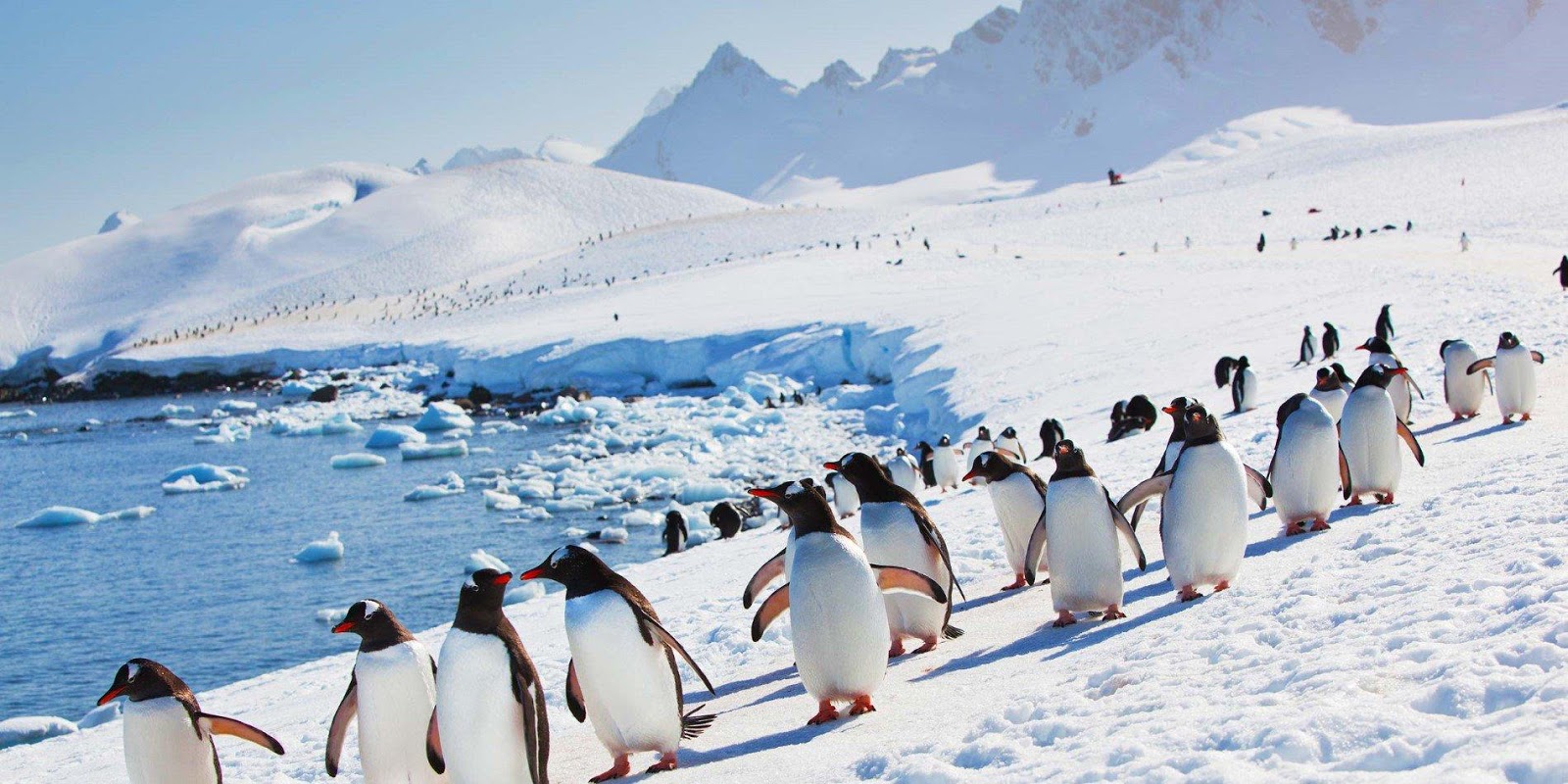
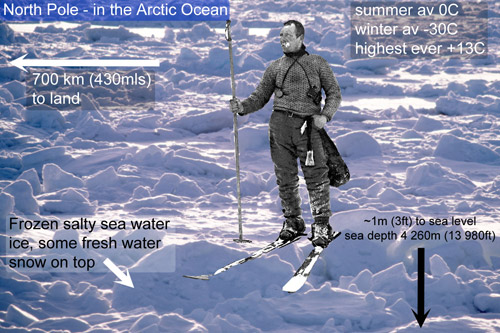
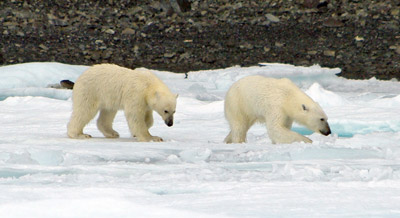

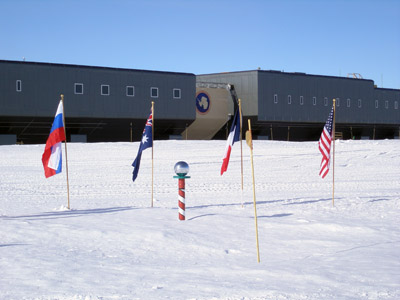

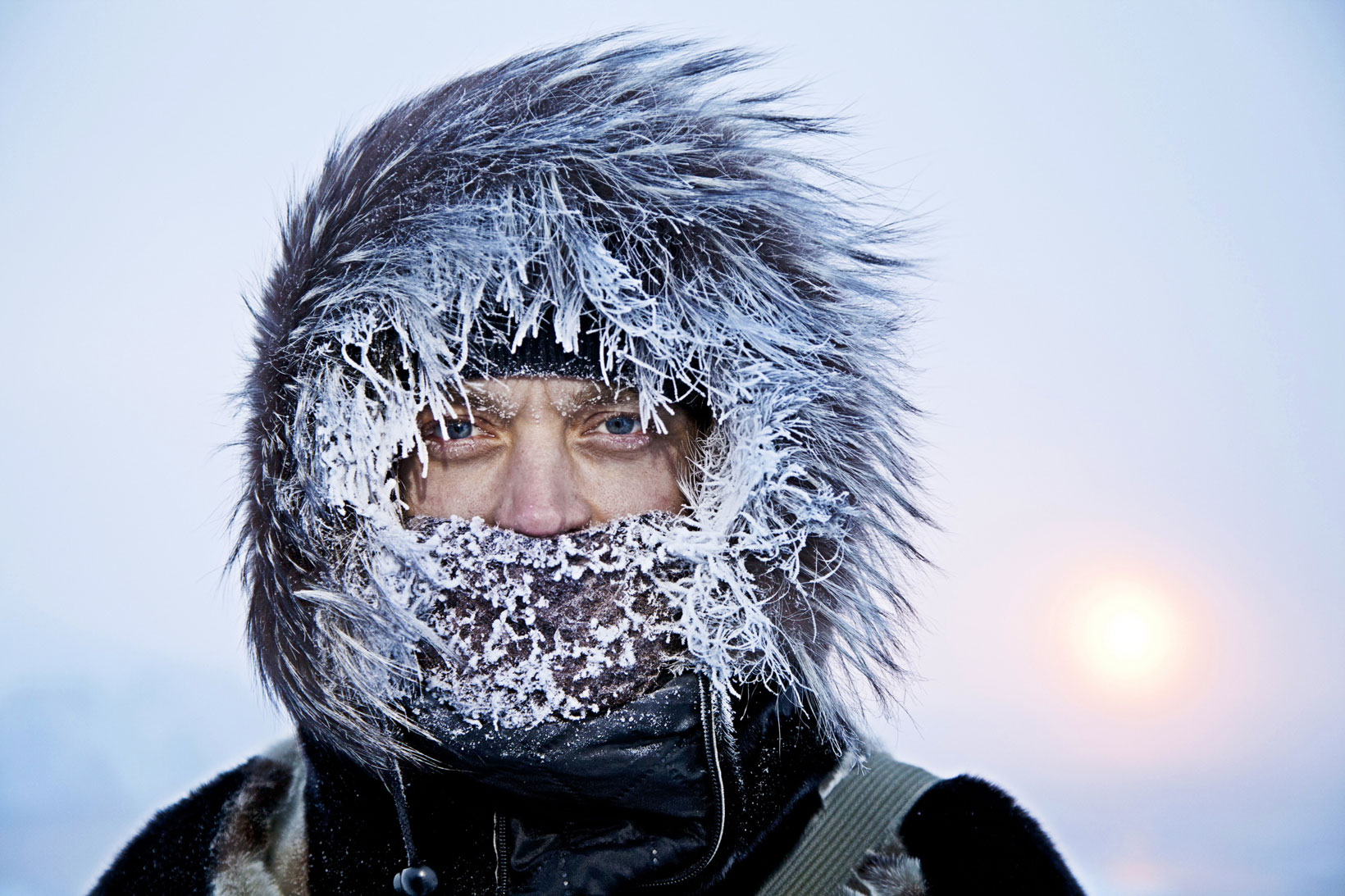
 Air gets trapped between the layers of clothing, and is heated by your body, allowing you to stay warmer than with one heavy garment..
Air gets trapped between the layers of clothing, and is heated by your body, allowing you to stay warmer than with one heavy garment..  You might be jealous of your dog or cat’s fur coat when temperatures drop, but they need to be kept warm too. Limit the length of their walks, particularly on snowy or icy surfaces.
You might be jealous of your dog or cat’s fur coat when temperatures drop, but they need to be kept warm too. Limit the length of their walks, particularly on snowy or icy surfaces.  Are their pipes, sprinkler system and faucets protected against freezing?
Are their pipes, sprinkler system and faucets protected against freezing?
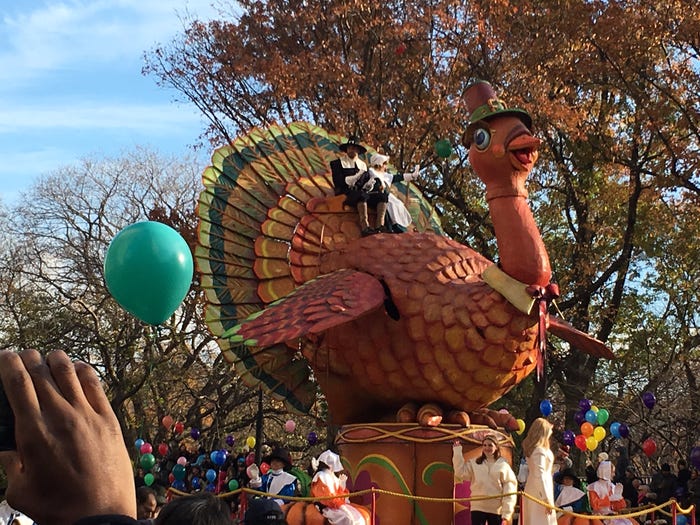

 Three small towns in America are named after the nation’s favorite bird. The towns are Turkey, Texas; Turkey, North Carolina; and Turkey Creek, Louisiana. There are also two townships in Pennsylvania called Upper Turkeyfoot and Lower Turkeyfoot.
Three small towns in America are named after the nation’s favorite bird. The towns are Turkey, Texas; Turkey, North Carolina; and Turkey Creek, Louisiana. There are also two townships in Pennsylvania called Upper Turkeyfoot and Lower Turkeyfoot. The Lions have played on Thanksgiving ever since, except when the team was called away to serve during World War II. The Dallas Cowboys also always play on Thanksgiving. Their first Thanksgiving Day game was held in 1966, and the Cowboys have only missed two games since then.
The Lions have played on Thanksgiving ever since, except when the team was called away to serve during World War II. The Dallas Cowboys also always play on Thanksgiving. Their first Thanksgiving Day game was held in 1966, and the Cowboys have only missed two games since then. 









 Native American tribes would wait for a warm spell in the autumn to harvest their crops including pumpkins, gourds, and fall vegetables.
Native American tribes would wait for a warm spell in the autumn to harvest their crops including pumpkins, gourds, and fall vegetables.

 on Sunday is part of your weekly routine, or if you’ve never even tried it before, National Chicken Month is the perfect time to order a plate of this sweet and savory goodness.
on Sunday is part of your weekly routine, or if you’ve never even tried it before, National Chicken Month is the perfect time to order a plate of this sweet and savory goodness.
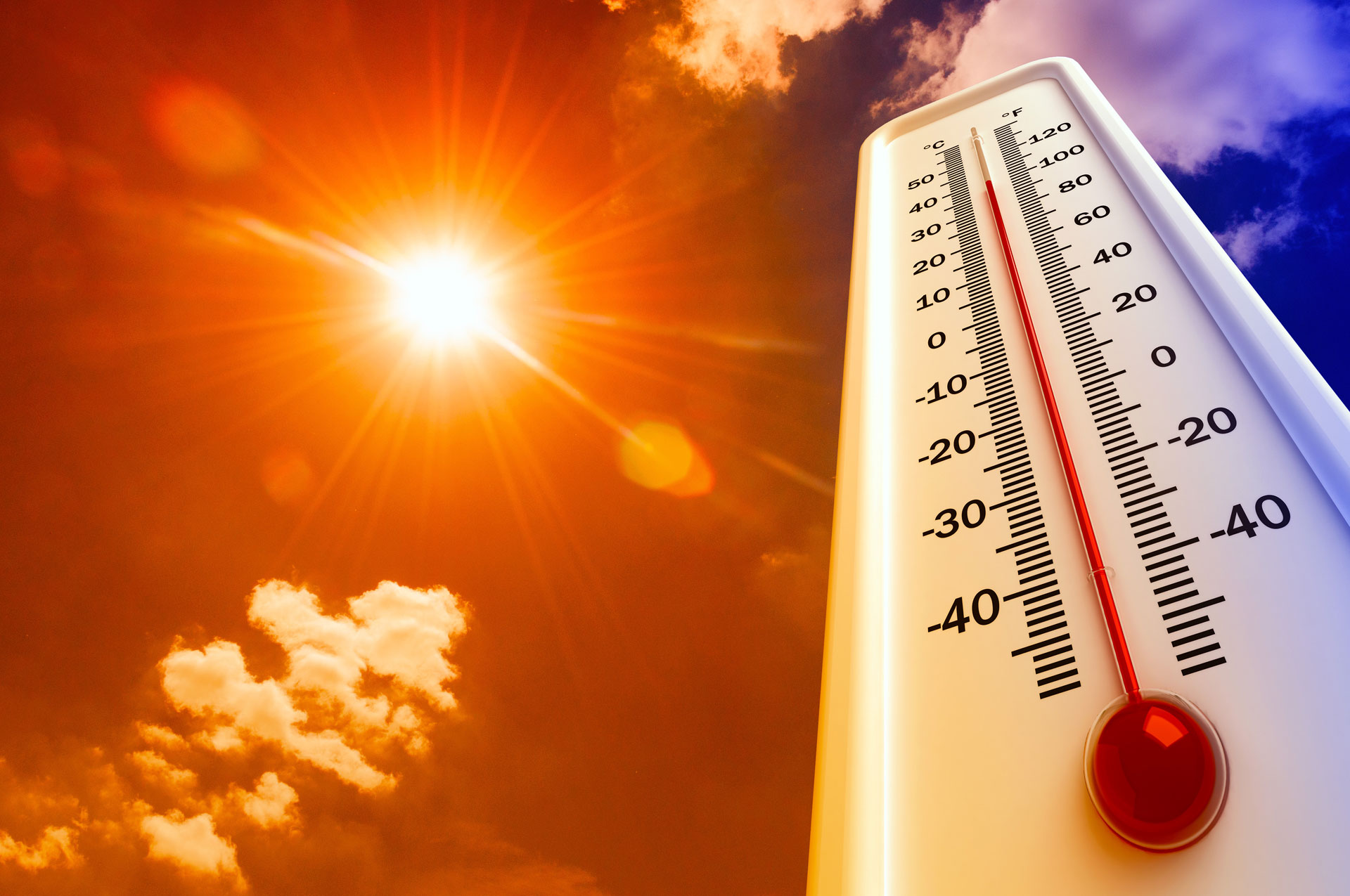



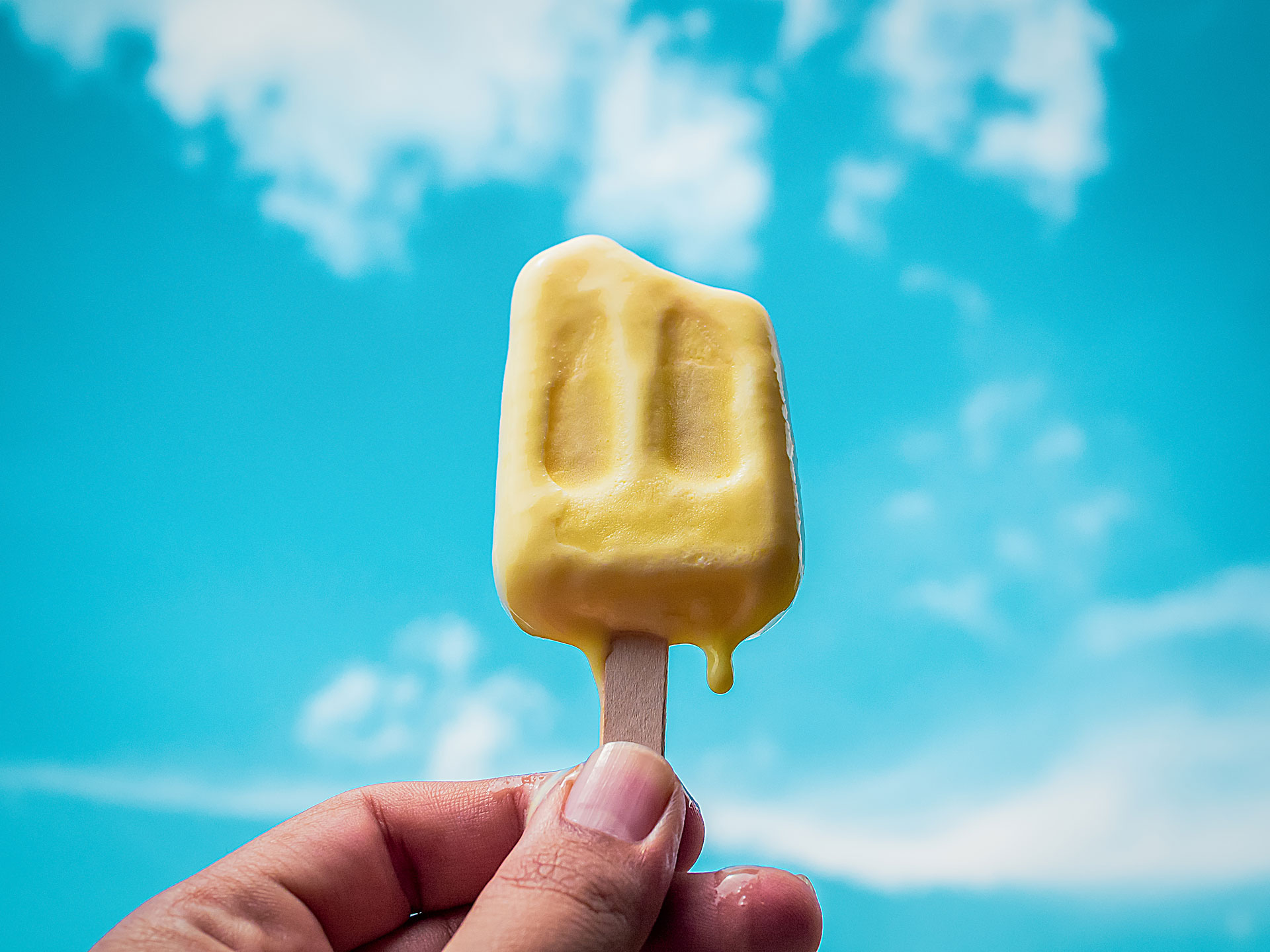
 I saw one of our long-time tenants, Mr. Osborne, working at his
I saw one of our long-time tenants, Mr. Osborne, working at his
